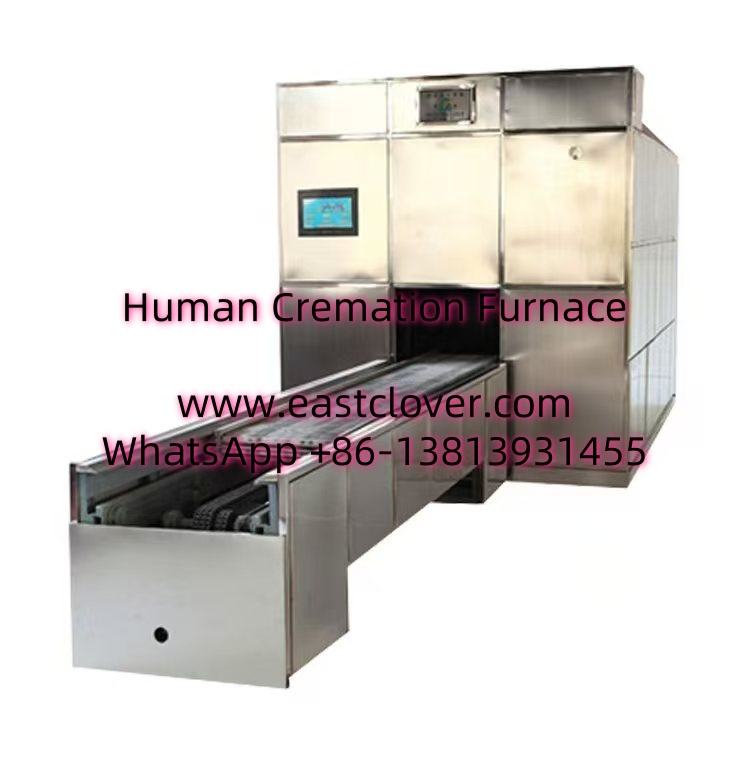Introduction
Cremation has become an increasingly preferred choice for end-of-life arrangements, driven by factors such as environmental concerns, cost efficiency, and shifting cultural preferences. As demand grows, the technology behind cremation furnaces has evolved to prioritize user-friendliness, sustainability, and operational efficiency. Modern cremation furnaces are no longer rudimentary incinerators; they are sophisticated systems designed to meet the needs of operators, families, and regulatory standards. This news explores the latest innovations in cremation furnace technology, focusing on how user-centric design is shaping the future of this essential industry.
The Evolution of Cremation Technology
Traditional cremation furnaces were often labor-intensive, requiring constant monitoring and manual adjustments. Operators faced challenges such as inconsistent temperatures, high energy consumption, and emissions that posed environmental and health risks. Early designs prioritized functionality over ease of use, leading to operational inefficiencies and safety concerns.
Today, advancements in materials science, automation, and emissions control have transformed cremation furnaces into highly efficient systems. The focus has shifted to creating equipment that minimizes human error, reduces environmental impact, and enhances the experience for both operators and grieving families.
Key Innovations in User-Friendly Cremation Furnaces
1. Automated Control Systems
Modern furnaces feature intuitive touchscreen interfaces and programmable logic controllers (PLCs) that automate temperature regulation, combustion rates, and cycle durations. Sensors monitor conditions in real time, adjusting parameters to ensure optimal performance without manual intervention. This reduces operator workload and ensures consistent results.
2. Energy Efficiency and Sustainability
Innovations like regenerative burners and heat recovery systems reuse thermal energy, cutting fuel consumption by up to 30%. Advanced insulation materials, such as ceramic fiber linings, maintain high temperatures with minimal energy loss. These features align with global sustainability goals and lower operational costs.
3. Emissions Control and Pollution Reduction
State-of-the-art filtration systems, including scrubbers and catalytic converters, capture harmful particulates and gases like mercury and dioxins. Real-time emissions monitoring ensures compliance with environmental regulations, addressing public health concerns and reducing the industry’s ecological footprint.
4. Ergonomic and Accessible Design
Furnaces now incorporate features such as automated loading systems, adjustable platforms, and noise-reduction technology. These improvements enhance operator safety and comfort, particularly in high-volume facilities.
5. Digital Integration and Remote Monitoring
Cloud-based platforms allow operators to monitor furnace performance remotely, receive maintenance alerts, and access historical data. This connectivity supports predictive maintenance, reducing downtime and extending equipment lifespan.
www.southclover.com
The cremation industry is undergoing a transformative shift, driven by technological advancements that prioritize user experience, environmental responsibility, and operational excellence. Innovations in automation, energy efficiency, and emissions control are setting new standards for safety and sustainability. As these technologies continue to evolve, cremation furnaces will become even more accessible, efficient, and aligned with the needs of a changing world. By embracing these advancements, the industry can ensure dignified end-of-life services while contributing to a greener future.
Frequently Asked Questions (FAQs)
How do automated cremation furnaces improve safety?
Automation reduces human interaction with high-temperature environments and hazardous emissions. Sensors and safety locks prevent accidents, while real-time alerts notify operators of potential issues.
Are modern cremation furnaces environmentally friendly?
Yes. Advanced filtration systems and energy-efficient designs significantly reduce emissions and fuel consumption, making them more sustainable than older models.
Can cremation furnaces handle different body sizes?
Modern furnaces offer adjustable chambers and customizable settings to accommodate varying needs, ensuring respectful and efficient cremation for all individuals.
What maintenance is required for these systems?
Routine inspections, filter replacements, and software updates are essential. Remote monitoring tools help schedule maintenance proactively.
How do digital interfaces enhance usability?
Touchscreen controls and remote access simplify operation, reduce training time, and provide real-time data for informed decision-making.

Comments are closed